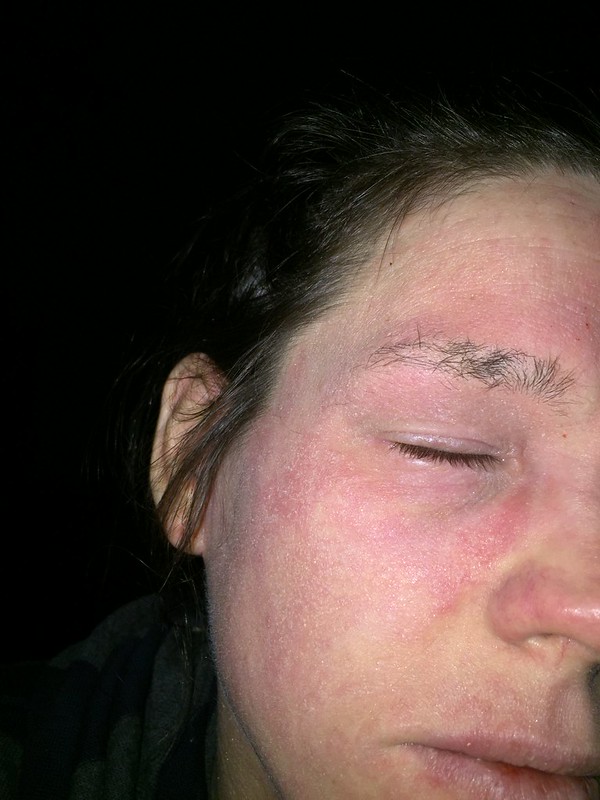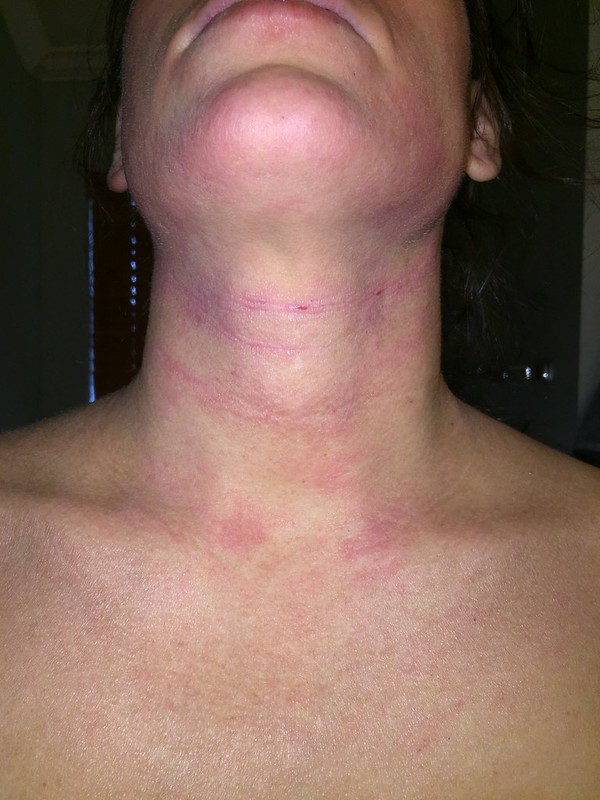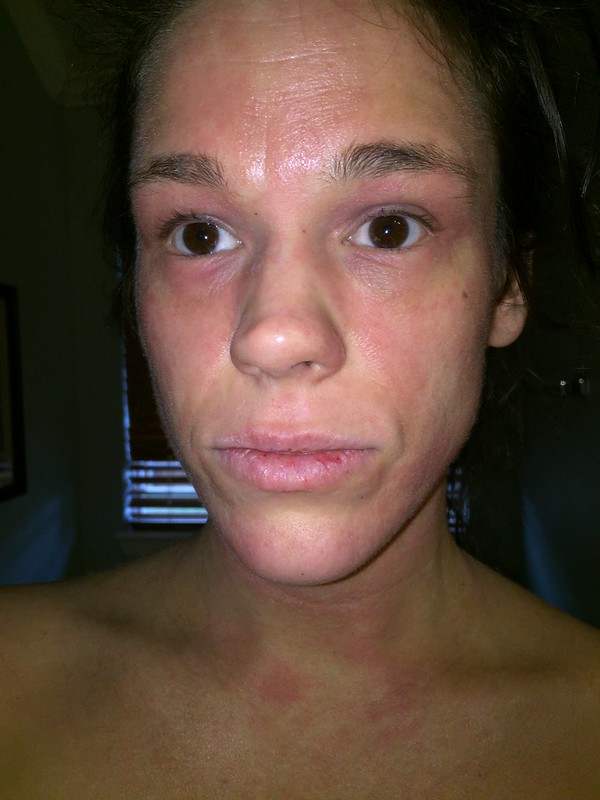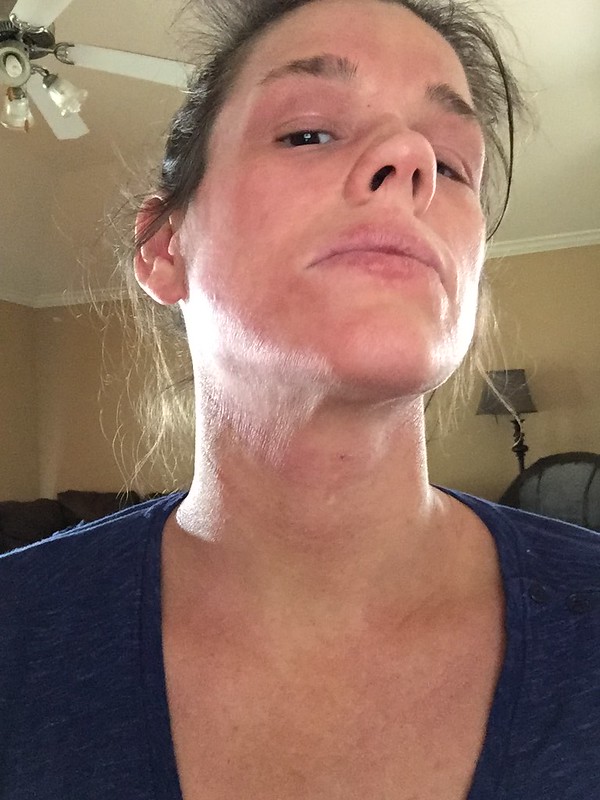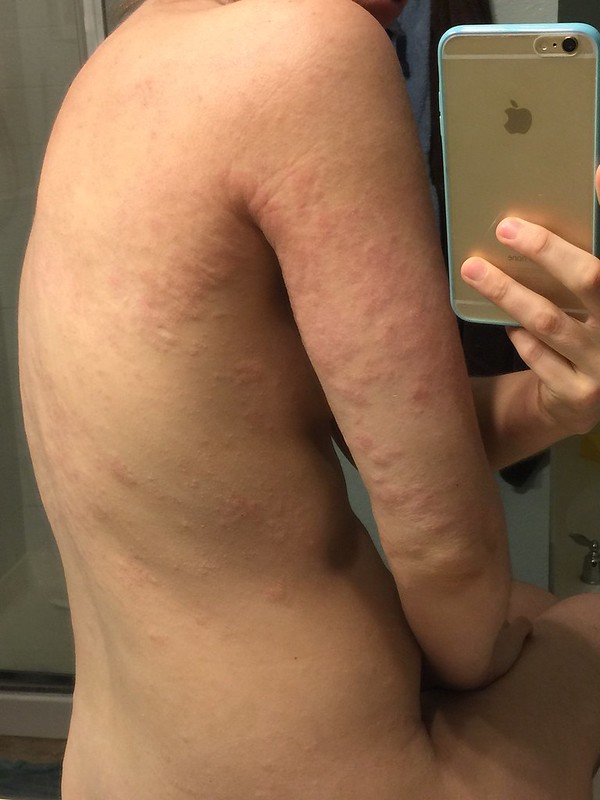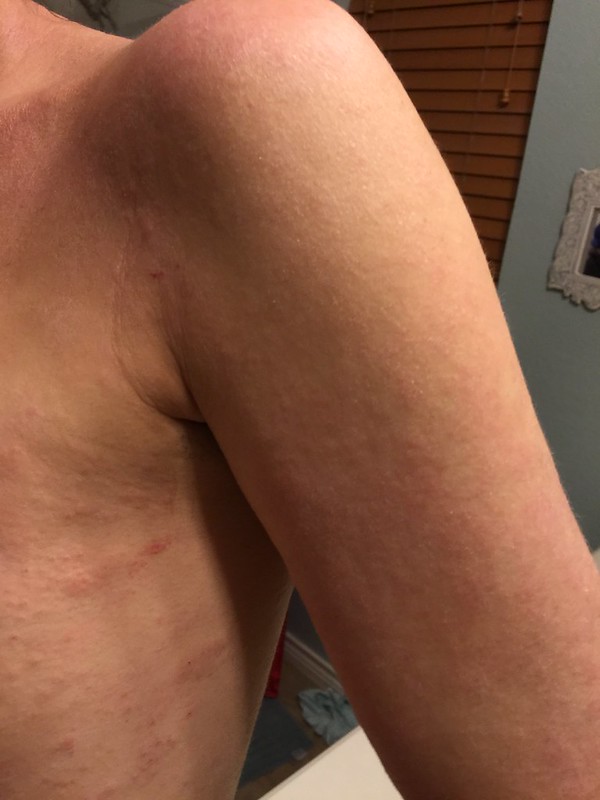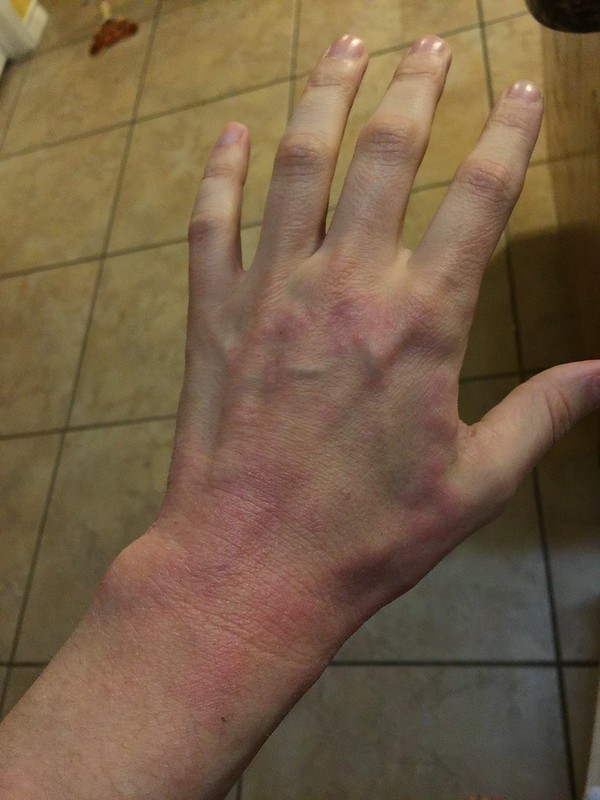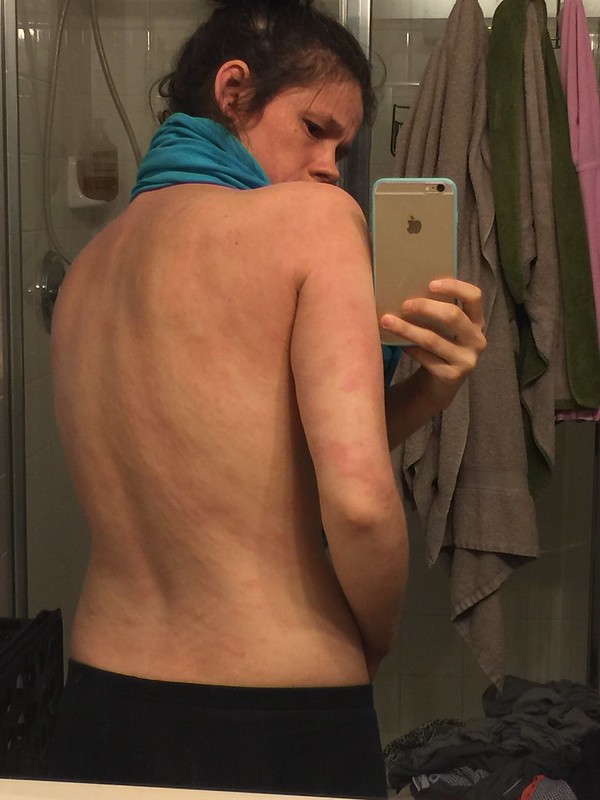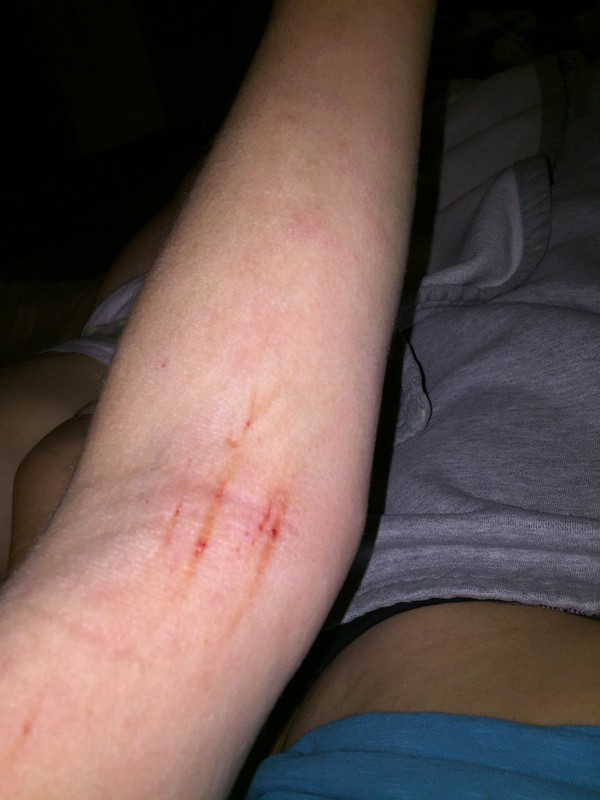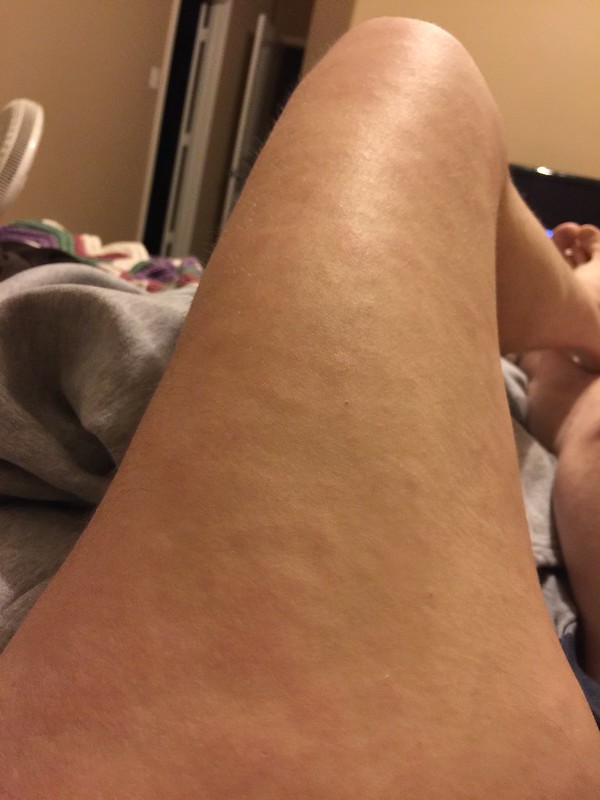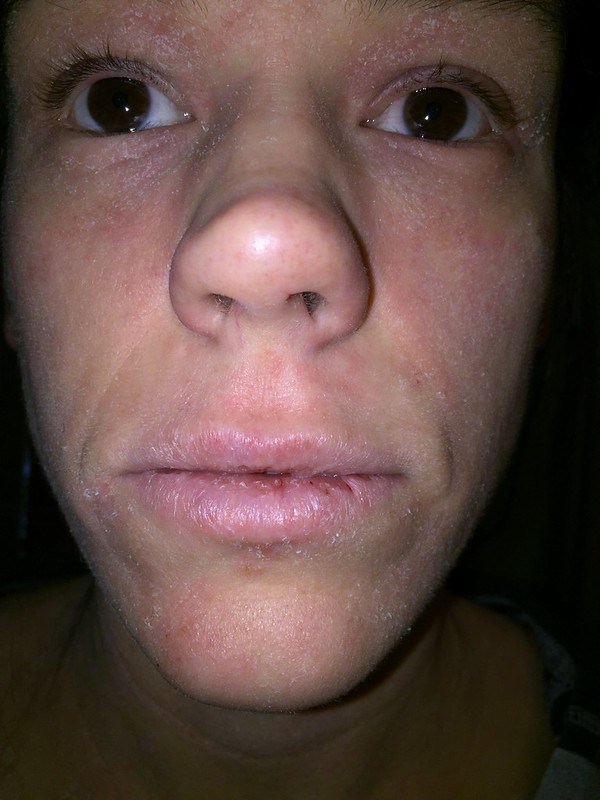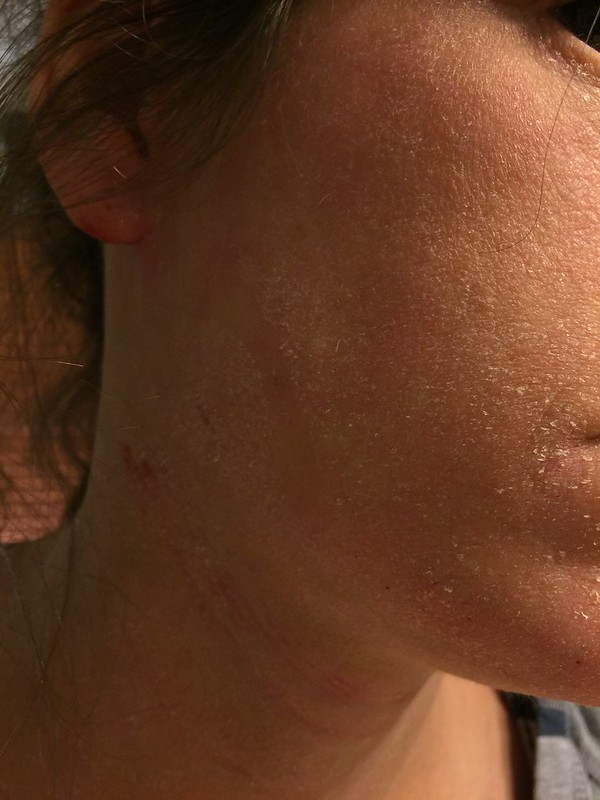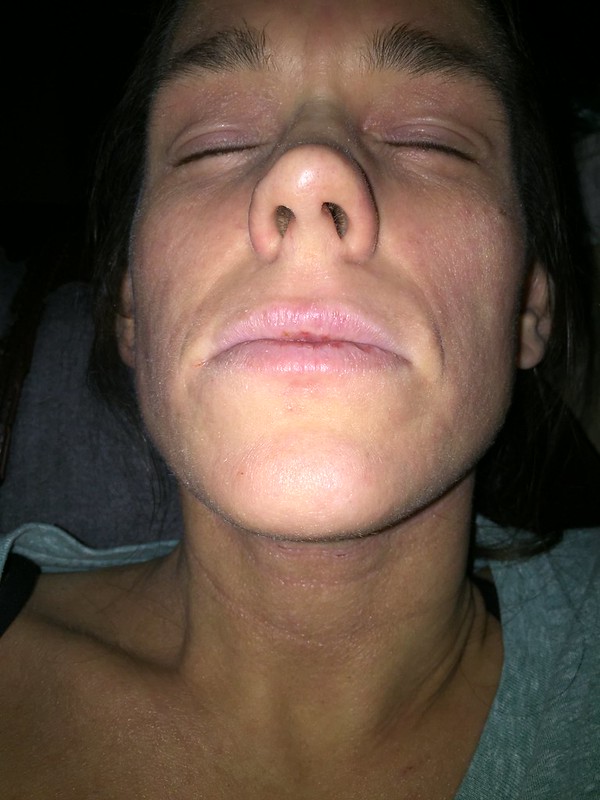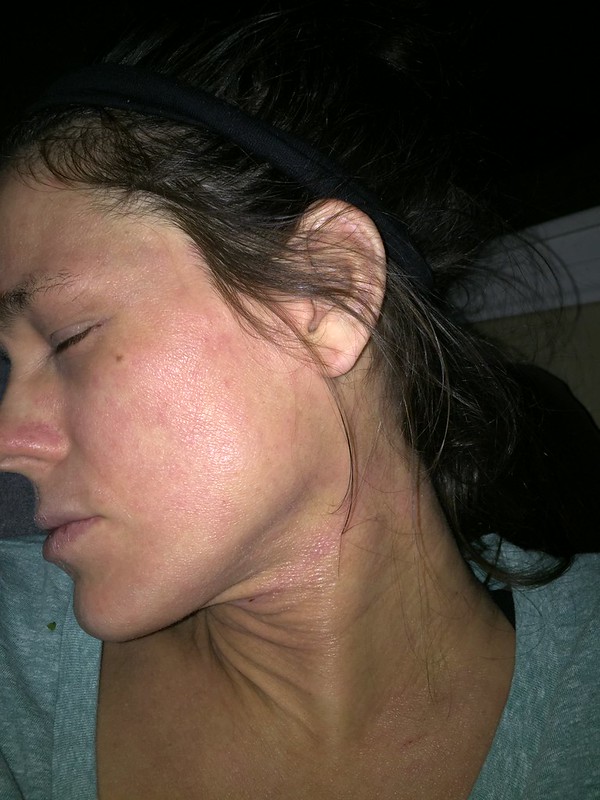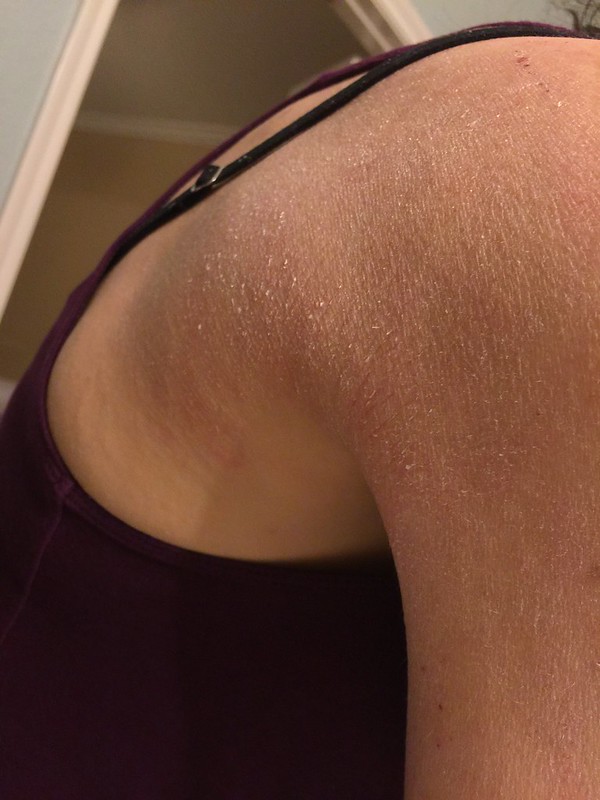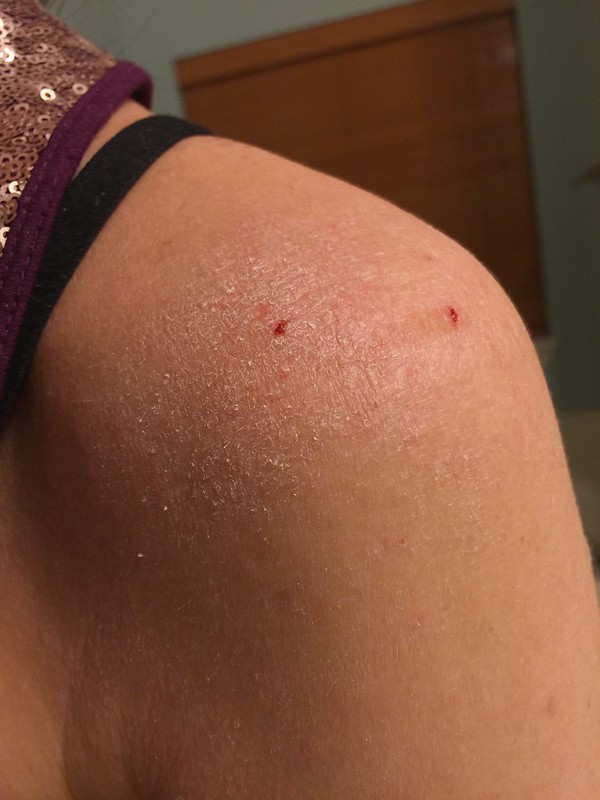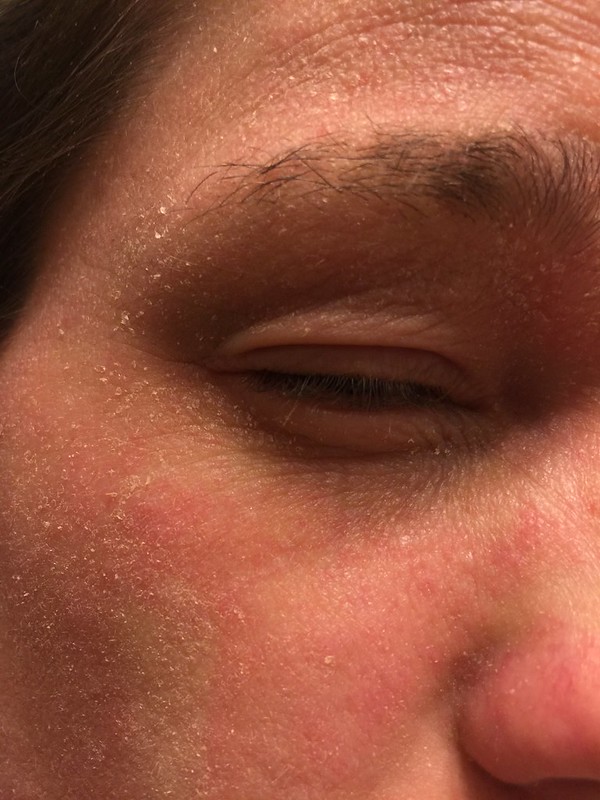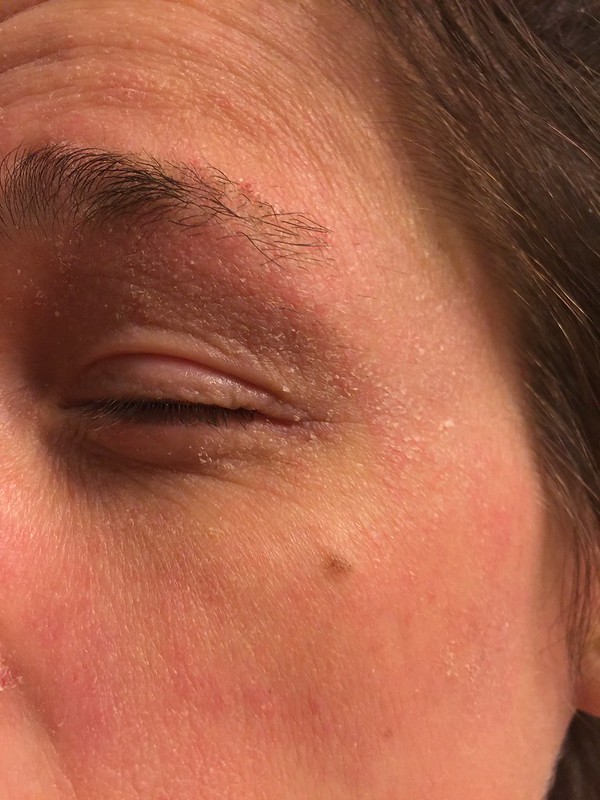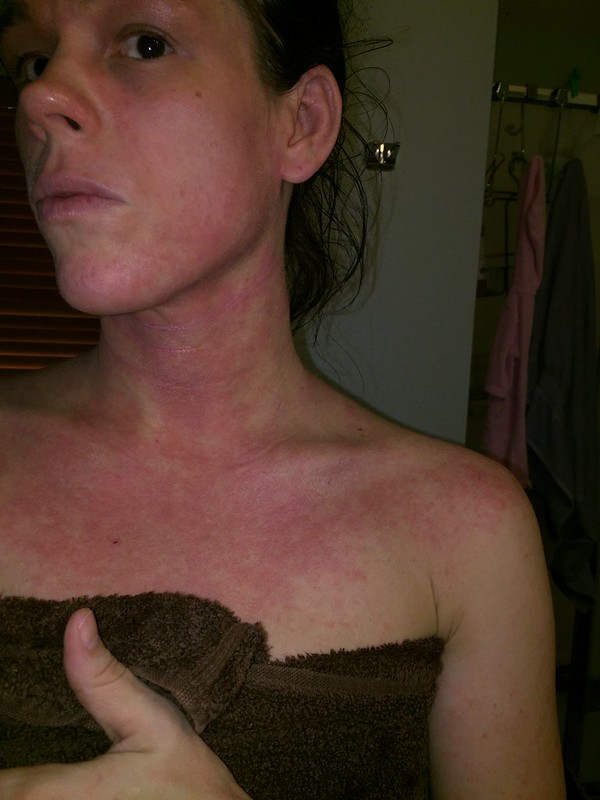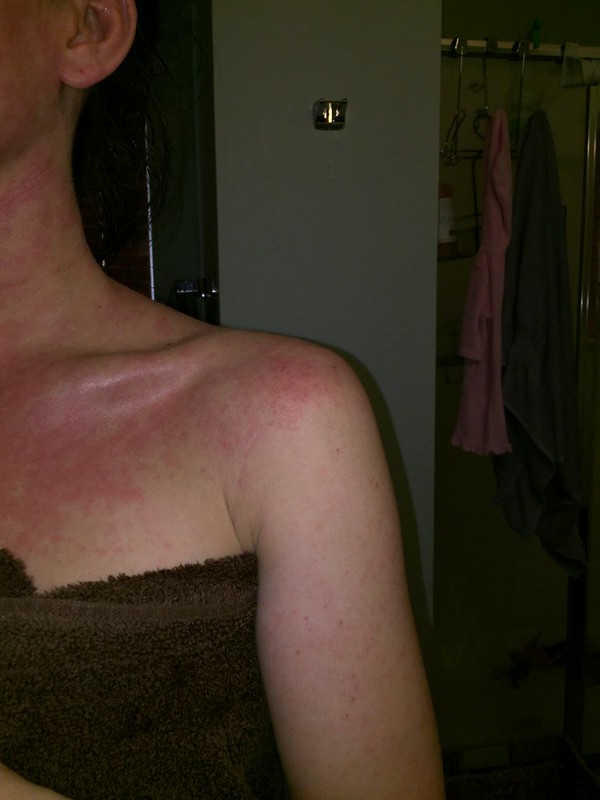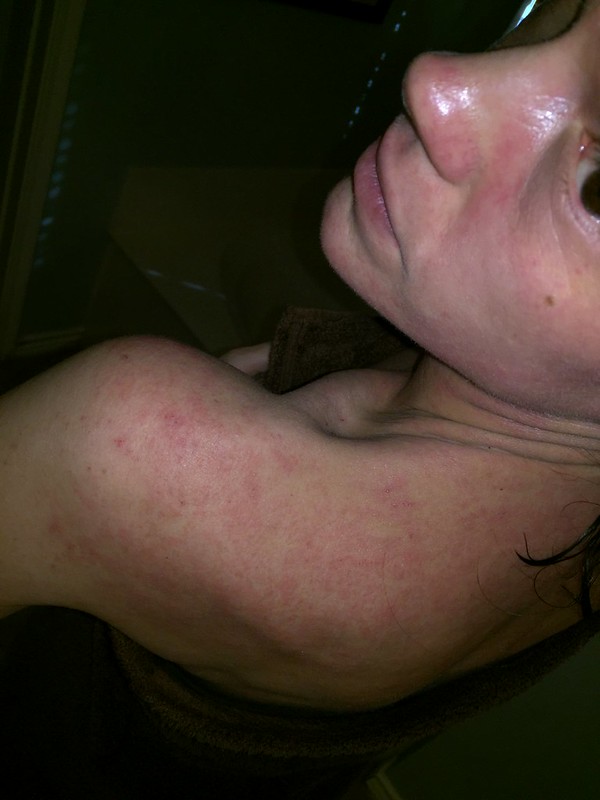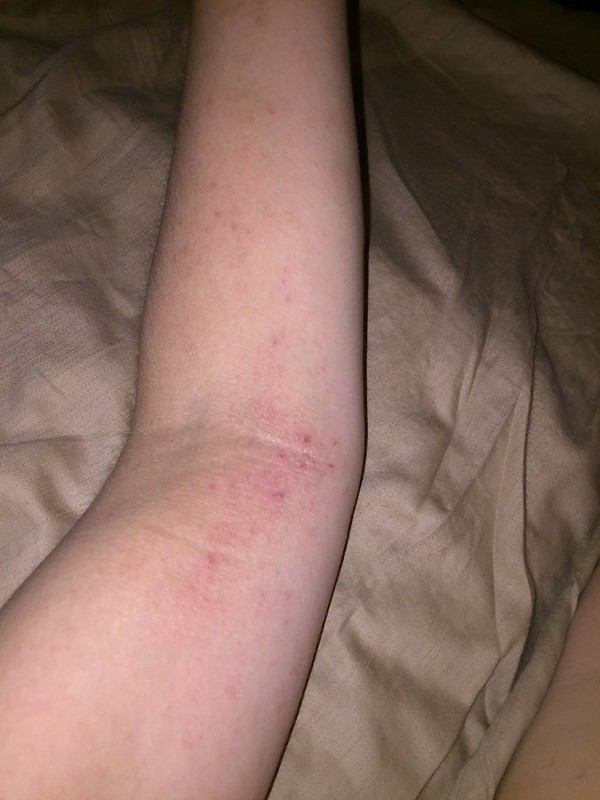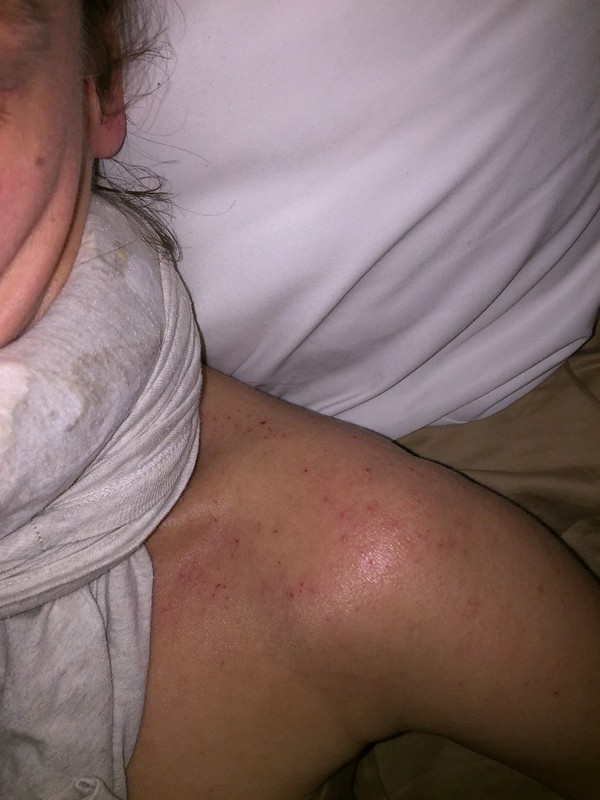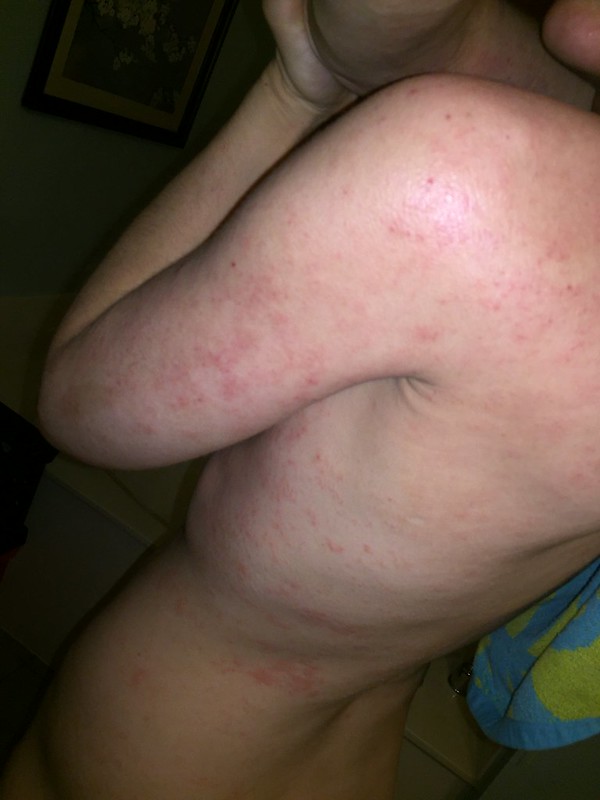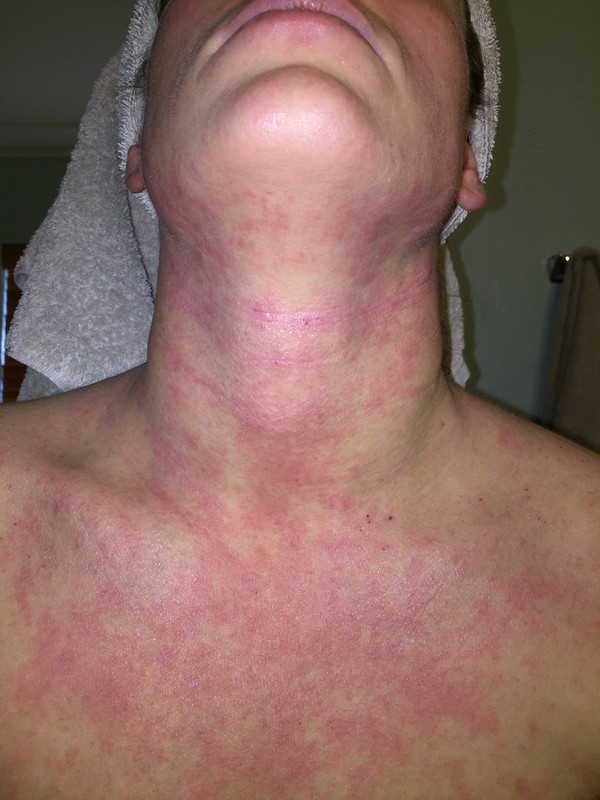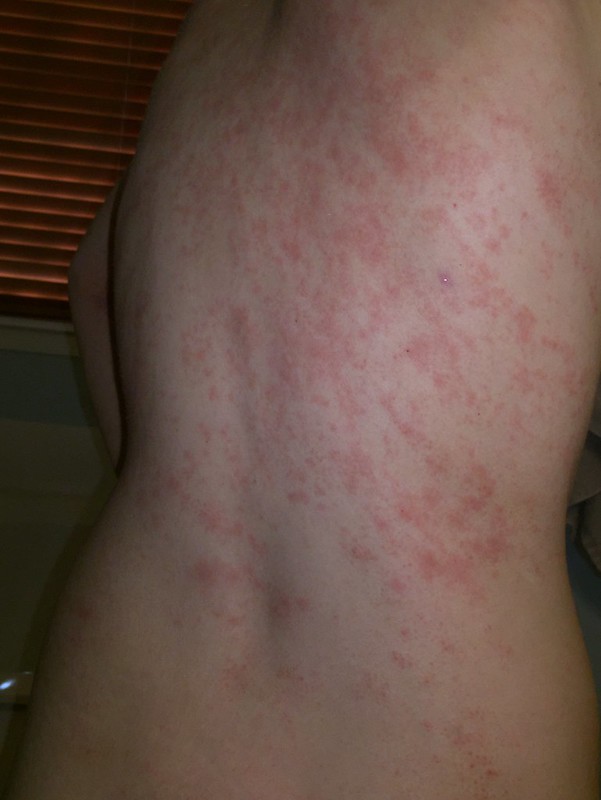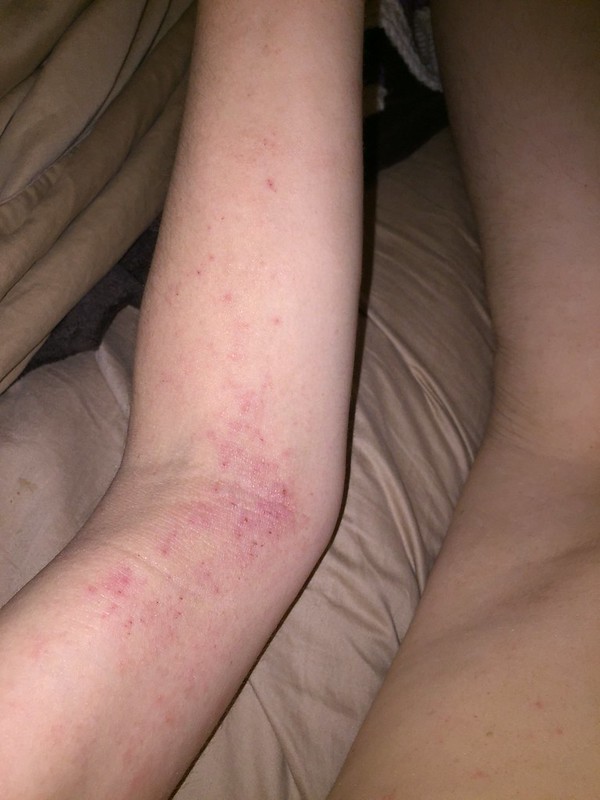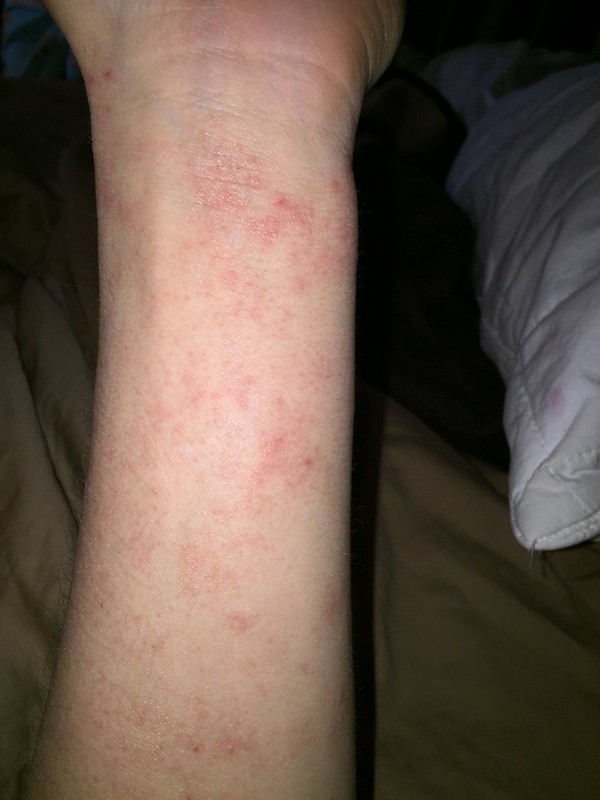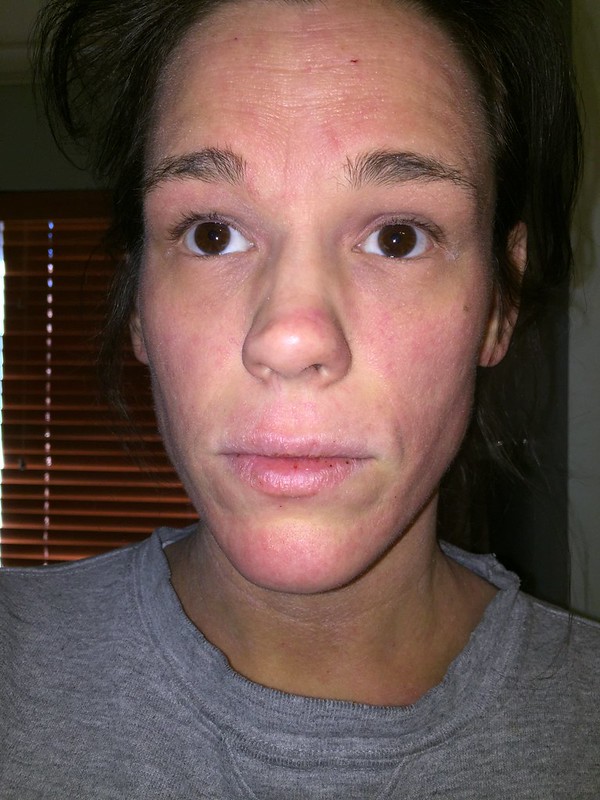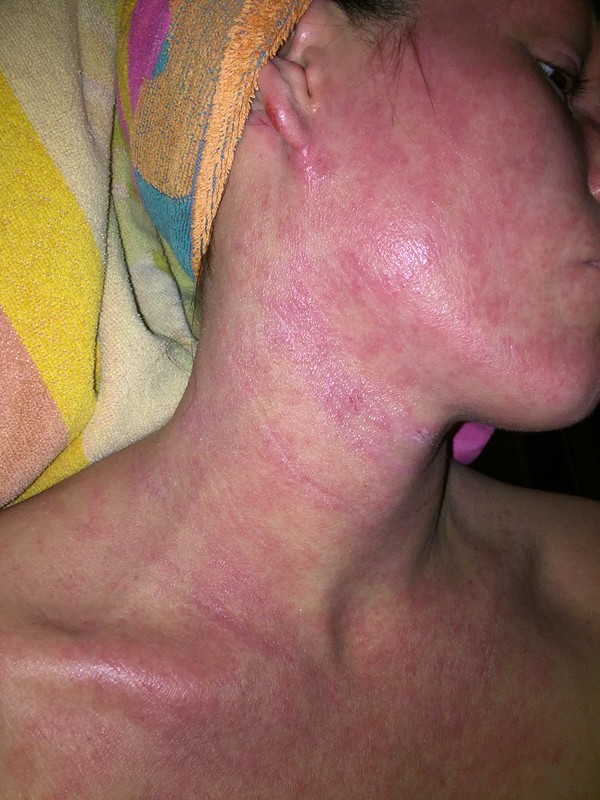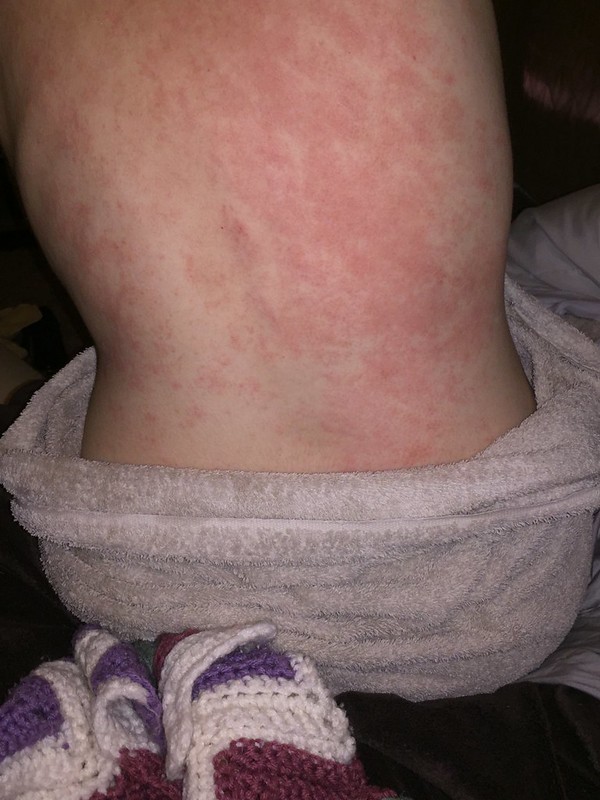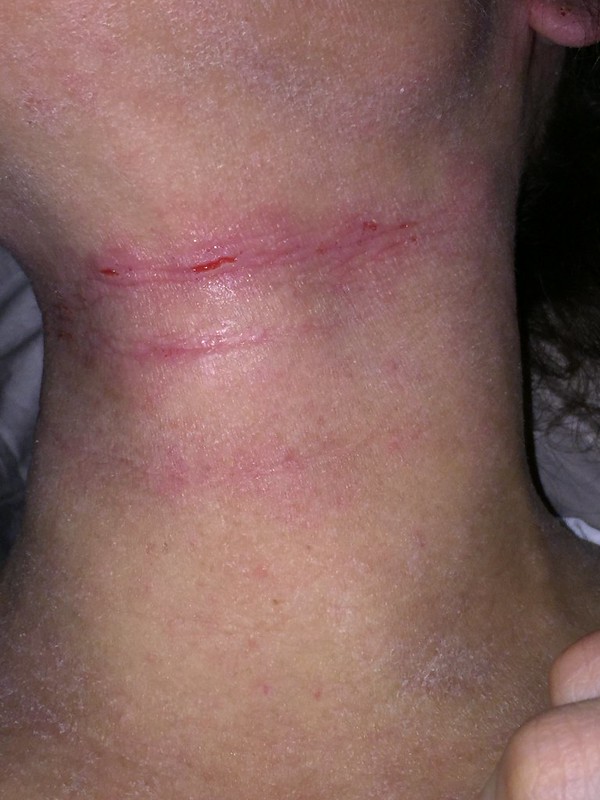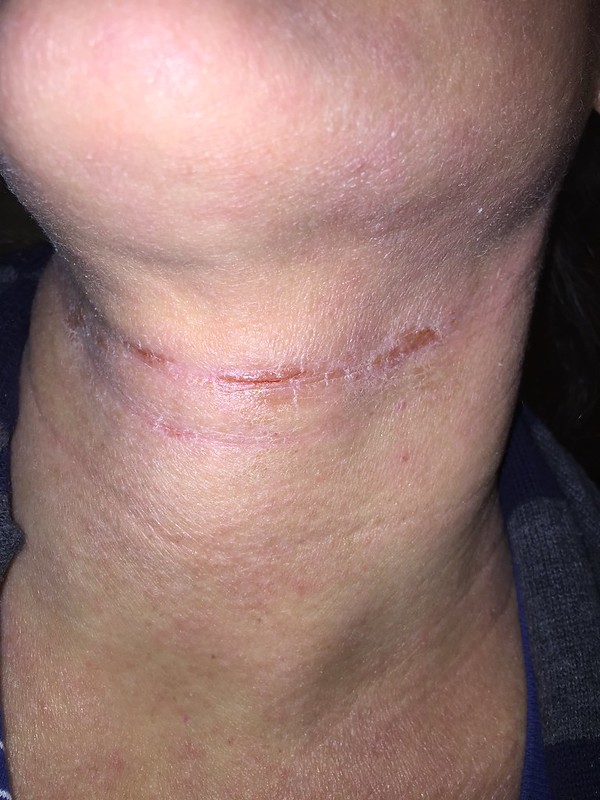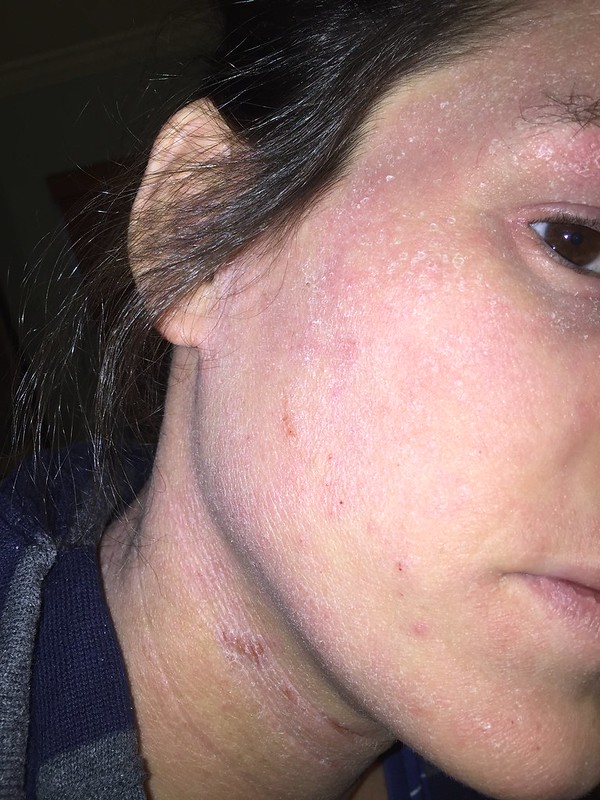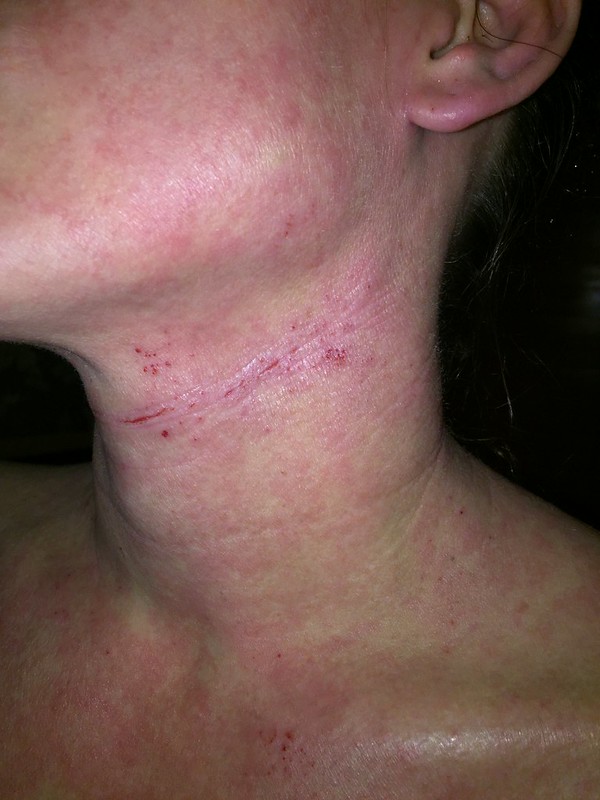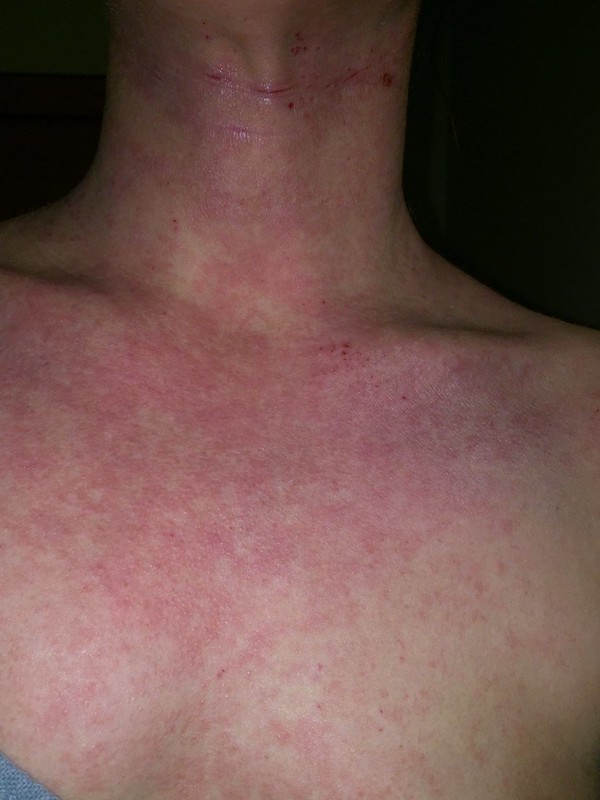AppId is over the quota AppId is over the quota Main Category: Eczema / Psoriasis
Also Included In: Diabetes
Article Date: 29 Aug 2012 – 1:00 PST Current ratings for:
Psoriasis Increases Risk Of Diabetes 

Patients with psoriasis are at high risk of new-onset diabetes mellitus, according to research presented at ESC Congress 2012. The findings were presented at the press conference by Dr Ole Ahlehoff from Copenhagen University Hospital, Gentofte, Denmark and at the scientific session by Usman KHALID.
Psoriasis is a common chronic inflammatory disease that affects approximately 125 million people worldwide. A new study of the entire Danish population confirms previous reports of increased risk of diabetes mellitus in patients with psoriasis and shows that risk increases with severity of psoriasis.
Psoriasis, atherosclerosis, and early steps in the development of diabetes mellitus are characterised by chronic inflammation, i.e. a chronic state of alert. “This chronic state of alert may explain the increased risk of cardiovascular diseases and diabetes mellitus seen in these patients,” said Dr Ahlehoff.
The study comprised more than 4 million people, including approximately 50,000 patients with psoriasis, who were followed for 13 years. http://www.eczemablog.net/
The overall rates of new-onset diabetes mellitus per 1,000 observational years were 3.67 (CI=3.65-3.69) in the reference population who did not have psoriasis, 6.93 (CI=6.63-7.25) for patients with mild psoriasis and 9.65 (CI=8.68-10.73) for patients with severe psoriasis.
The risk of new-onset diabetes mellitus was increased in all patients with psoriasis compared to people who did not have psoriasis. Risk increased with the severity of psoriasis. Compared to people without psoriasis, patients with mild psoriasis were 1.5 times more likely to acquire new-onset diabetes mellitus [rate ratio (RR)=1.49; CI=1.43-1.56] and patients with severe psoriasis were more than twice as likely [RR=2.13; CI=1.91-2.37].
The results remained significant after adjustment for potential confounders, including age, sex, socioeconomic status, use of medication, and comorbidity.
Dr Ahlehoff said: “The major conclusion of the study was that psoriasis was associated with increased risk of diabetes mellitus and the risk was highest in patients with severe psoriasis.”
“The results add to current evidence of increased risk of cardiovascular and metabolic disease in patients with psoriasis,” he added. “More needs to be done to increase awareness in this large group of patients on what steps they can take to decrease their risk factors for cardiovascular disease.”
Dr Ahlehoff continued: “Studies are urgently required to examine the impact of aggressive psoriasis treatment on cardiometabolic outcomes.”
Article adapted by Medical News Today from original press release. Click ‘references’ tab above for source.Visit our eczema / psoriasis section for the latest news on this subject. Please use one of the following formats to cite this article in your essay, paper or report:
MLA
7 Apr. 2013.
Please note: If no author information is provided, the source is cited instead.
‘Psoriasis Increases Risk Of Diabetes’
Please note that we publish your name, but we do not publish your email address. It is only used to let you know when your message is published. We do not use it for any other purpose. Please see our privacy policy for more information.
If you write about specific medications or operations, please do not name health care professionals by name.
All opinions are moderated before being included (to stop spam)
Contact Our News Editors
For any corrections of factual information, or to contact the editors please use our feedback form.![]()
Please send any medical news or health news press releases to:
Note: Any medical information published on this website is not intended as a substitute for informed medical advice and you should not take any action before consulting with a health care professional. For more information, please read our terms and conditions.
View the original article here
Eczema Blog








